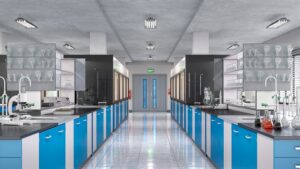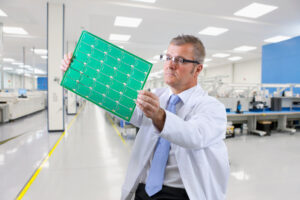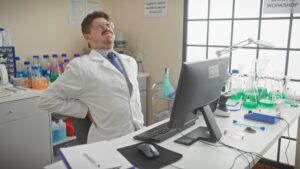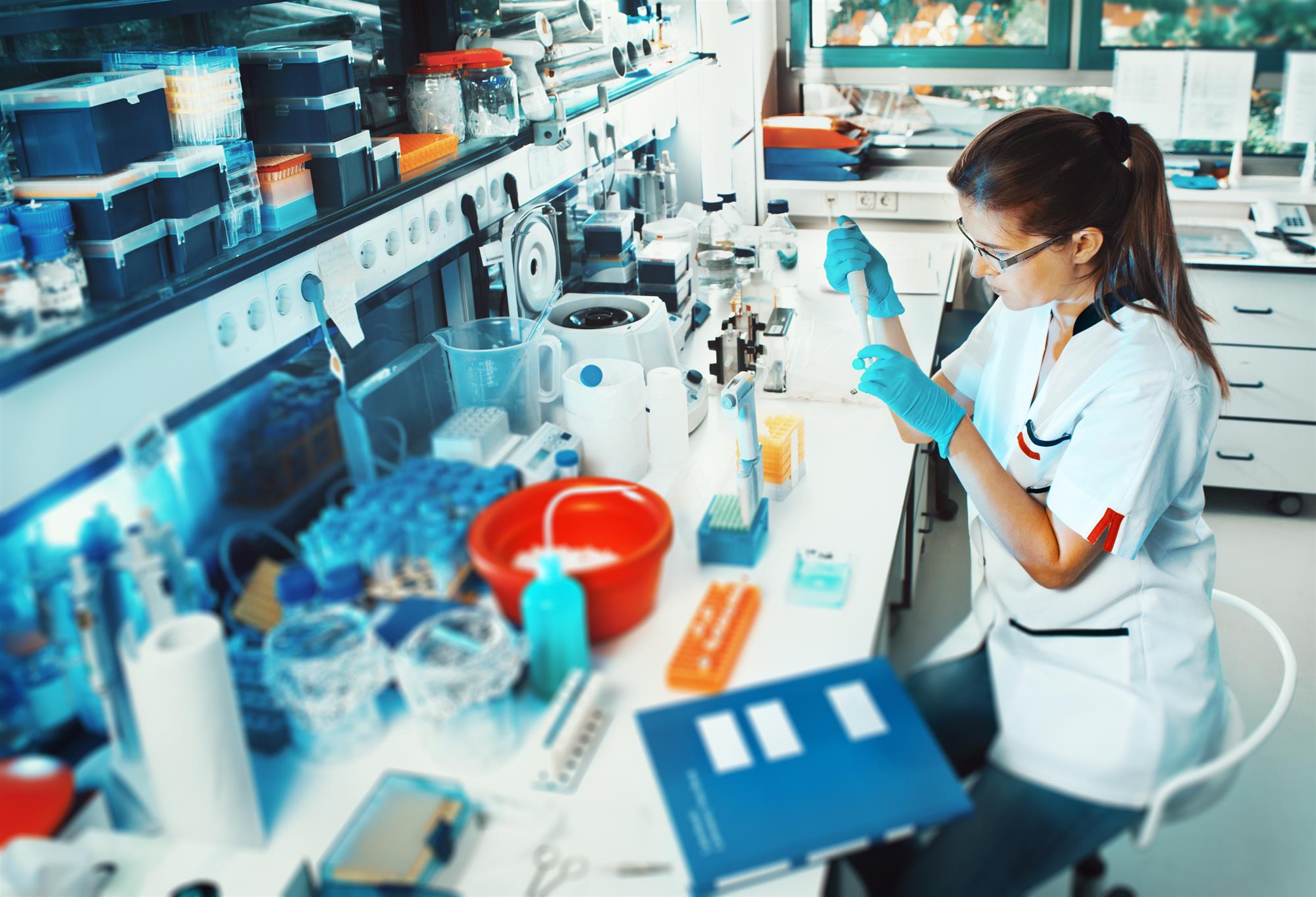
In today’s ecologically-minded society, sustainability has become one of the top concerns of companies across the globe—laboratory facilities included. In most cases, the extra costs attributed to purchasing and installing sustainable components will eventually be absorbed by the savings from reduced energy costs.¹ From the first steps of design planning through long-term operation, here are a few elements you can incorporate to create an efficient, sustainable laboratory.
Appropriate, Properly-Functioning HVAC Systems
While it may seem like a better idea to have too large a component than too small a component during planning, an over-sized HVAC system can mean you’re paying energy costs for more than your lab really requires. Because ventilation and appropriate temperature are important aspects to consider in laboratory design, it’s important to really consider what is appropriate for your laboratory size and setup. Proper planning and regular maintenance will improve overall efficiency and sustainability.
Fume Hood Efficiency
An inefficient fume hood is another drain on energy and lab function. To ensure that your fume hood, ventilation systems, and lab output quality are long-lasting, it’s important to install high-quality fume hoods that function at optimal (or near-optimal) efficiency and are designed to last. In addition to being more sustainable, a good fume hood supports quality R&D results.
Water Usage
Taking steps to conserve water wherever possible is another way to lower costs and reduce your lab’s ecological footprint. Beyond simply trying to reduce overall water usage by implementing various best practices, there are a number of other conservation options. For equipment that requires liquid cooling to function properly, try to connect the system to an existing cooling system, if possible. You can also process your lab’s wastewater for use in cooling and other systems that don’t come in direct contact with materials.²
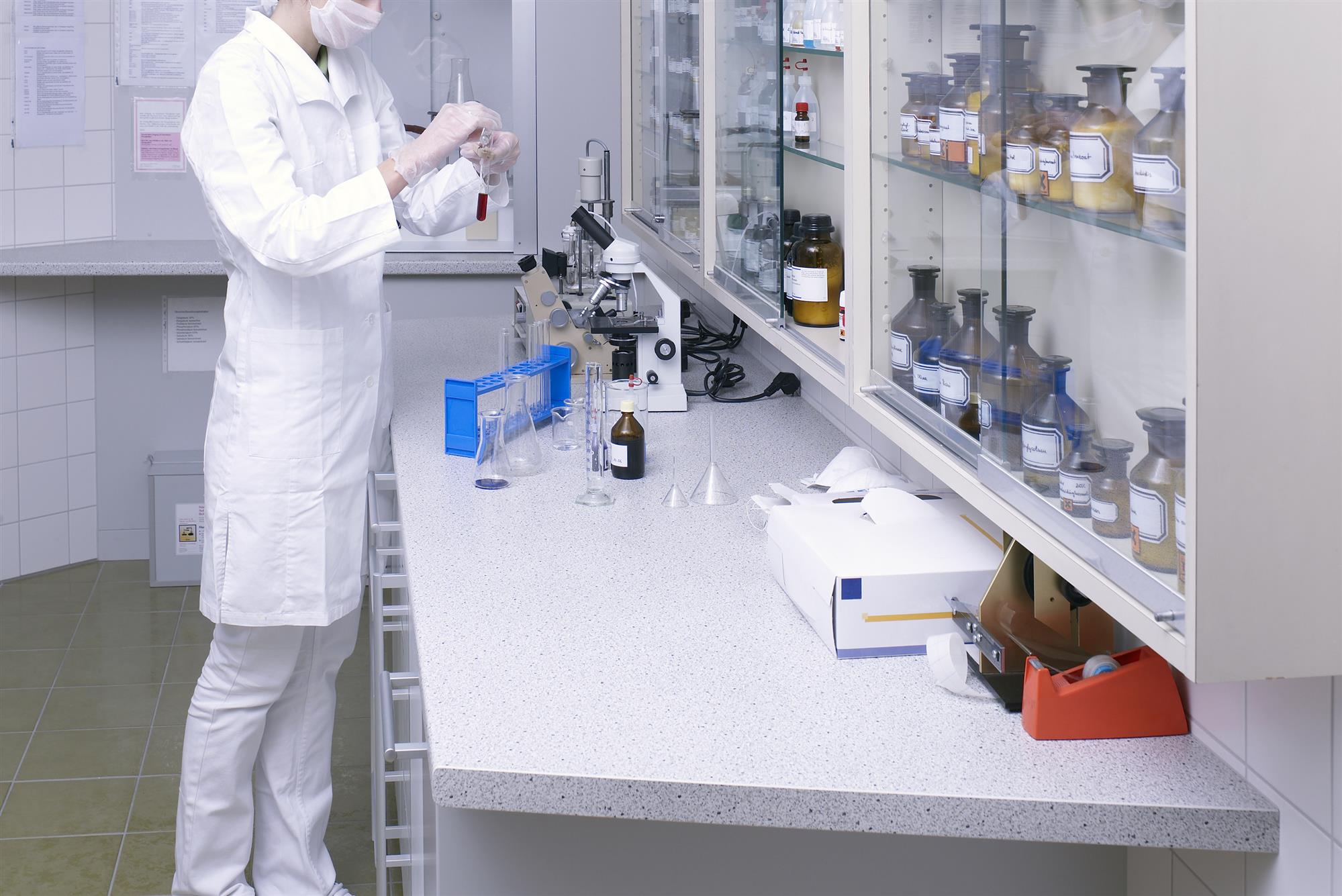
EFFICIENT LIGHTING
Reduce electricity usage by employing energy-saving technology and architectural design. One of the easiest ways to reduce the need for electric lighting is to employ the practice of “daylighting” and use appropriate windows to increase the availability of natural light, as is reasonable based on the building’s exposure, geographic location, specialized lab needs, etc.
When selecting lab-appropriate windows, it’s also important to opt for models with the right properties and glazing to keep the lab’s heating and cooling efficient.
Other solutions include the use of CFL or LED bulbs and installing automated lighting systems that can turn off automatically when the lab is already well-lit by daylight or not in use.
WASTE REDUCTION AND MANAGEMENT
It’s also important to design your lab with good waste stream management from the very beginning. A sustainable lab design will make it easy to reuse and recycle materials as needed, as well as dispose of waste properly and efficiently without risk of pollution. By combining easy access to appropriate disposal with waste management best practices and regular monitoring, your lab can continue to function for years to come without expanding its ecological impact.
MAKE YOUR LAB RESILIENT WITH EQUIPMENT AND LAB PLANNING SERVICES FROM GENIE SCIENTIFIC
At Genie Scientific, we aim to help our customers create the best possible laboratory to suit their needs, all while keeping responsible building practices and sustainability at the heart of the project. With the help of our professional lab planning experts and high-efficiency fume hoods, you can design an ecologically friendly, sustainable, cost-saving laboratory to meet all your R&D needs.
To learn more about our laboratory planning services, custom fume hoods, and long-lasting lab furniture, contact us today at (800) 545-8816.
Sources
2. http://lsdm.ucop.edu/sections/water-conservation-recovery-and-recycling

